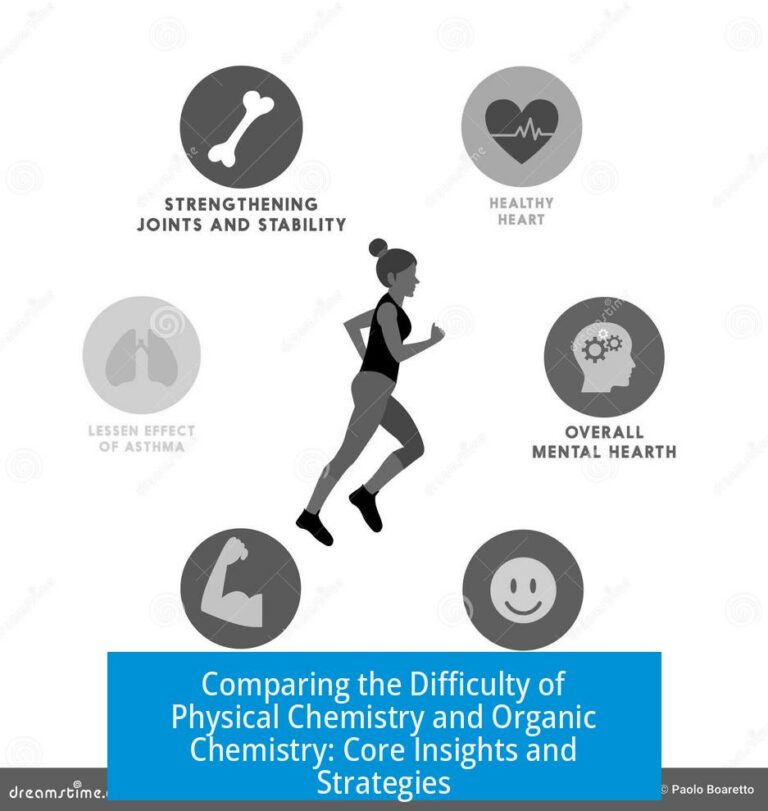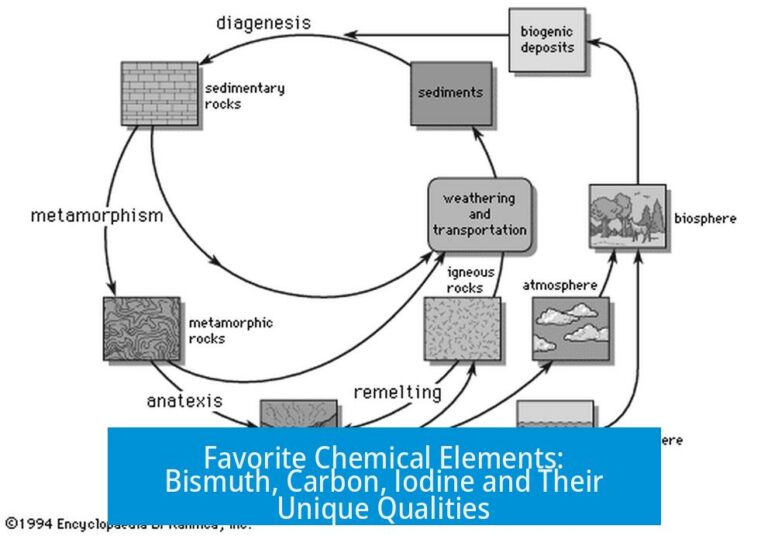Understanding Chirality and Enantiomers: Clarifying Key Concepts

Chirality is a property of molecules, while enantiomers are specific pairs of molecules that are non-superimposable mirror images of each other. This distinction underpins much of stereochemistry and is crucial for grasping molecular behavior in chemistry.
Defining Chirality and Enantiomers
Chirality describes a molecule’s characteristic of not being superimposable on its mirror image. It is a general property that applies to atoms, molecules, and even auxiliaries that exhibit this asymmetry.
Enantiomers refer to a specific pair of chiral molecules. They are mirror images that cannot overlap or be superimposed on each other. Each enantiomer exists alongside its counterpart as a matched pair.
While all enantiomers are chiral molecules, the reverse is not always true. Some chiral molecules do not have an exact enantiomer. Thus, chirality is the broader concept, and enantiomers are specific manifestations of that property.
Why Separate Terms? The Functional Difference
The distinction between chirality and enantiomers exists to clarify discourse. Chirality represents the inherent geometric feature of asymmetry. Enantiomers represent the specific spatial relationship between two molecules that share this property but differ only in spatial arrangement.
This separation helps chemists discuss molecular properties generally (chirality) or compare molecules directly (enantiomers) without confusion.
Illustrative Example: Chirality and Enantiomers Using Shoes

One common analogy involves shoes:
- Each shoe is chiral—its shape is not superimposable on its mirror image.
- A left shoe and its corresponding right shoe constitute a pair of enantiomers.
- Your left shoe and another person’s right shoe are both chiral, but generally do not form a pair of enantiomers unless they are the exact same model paired.
This example elucidates the difference: shoes represent chiral objects, and the left-right pairing represents enantiomers. Bear in mind, though, shoes are not molecules, so the analogy applies figuratively and highlights spatial asymmetry.
Stereogenic Centers, Enantiomers, Diastereomers, and Meso Compounds
Stereogenic Centers and Stereoisomers
A stereogenic center is typically a carbon atom bonded to four distinct substituents. The number of such centers in a molecule defines its stereoisomer possibilities.
For a molecule with n stereogenic centers, there are theoretically 2n possible stereoisomers:
| Number of Stereogenic Centers (n) | Possible Stereoisomers (2n) | Example |
|---|---|---|
| 1 | 2 | R and S enantiomer pair |
| 2 | 4 | SS, RR, SR, RS |
| 3 | 8 | SSS, RRR, SRR, RSS, SSR, RRS, SRS, RSR |
Within these stereoisomers:
- Pairs differing at all stereogenic centers are enantiomers. For example, SS and RR on 2-center molecules are enantiomers.
- Pairs that differ at some but not all centers are diastereomers, which are not mirror images. For example, SS and SR are diastereomers.
Meso Compounds: A Special Case
Meso compounds complicate the traditional view. Such molecules contain stereogenic centers but are achiral because they possess an internal plane of symmetry.
Consequently, meso compounds do not have enantiomers despite having chiral centers. They are a subset of diastereomers and demonstrate that chirality is not solely about chiral centers but also overall molecular symmetry.
Visualizing and Learning Chirality
Many students find chirality and related concepts challenging. Physical models aid comprehension significantly.
If molecular models are unavailable, alternatives like LEGO blocks can demonstrate spatial arrangements and mirror images effectively. Building and manipulating models enable the learner to grasp three-dimensional relationships firsthand.
Visual aids, such as animations or videos, complement hands-on study by illustrating mirror planes, rotations, and spatial superimposability concepts.
Importance of Chirality and Enantiomers in Chemistry
Chirality greatly influences molecular interactions and reactivity patterns, particularly within biological systems.
The three-dimensional arrangement of atoms affects how molecules interact with enzymes, receptors, and other biomolecules. Enantiomers often exhibit markedly different biological activities and toxicities despite sharing chemical formulas.
This stereochemical sensitivity underpins drug design, synthesis, and regulatory considerations. Understanding chirality and enantiomerism is essential in pharmaceuticals, agrochemicals, and materials science.
Further Learning Resources
- Enantiomers Video — Visualizes the concept of enantiomers and their properties.
- Chiral Molecules Video — Explores chirality definition, examples, and significance.
Key Takeaways
- Chirality is a molecular property of non-superimposability on a mirror image.
- Enantiomers are pairs of chiral molecules related as non-superimposable mirror images.
- Not all chiral molecules have enantiomers; meso compounds are achiral despite chiral centers.
- The number of stereogenic centers dictates the number and types of stereoisomers, including enantiomers and diastereomers.
- Physical models aid understanding of spatial arrangements critical to chirality.
- Chirality governs molecular function and interaction, especially in biological contexts.
What is the basic difference between chirality and enantiomers?
Chirality is a property of a molecule that means it cannot be superimposed on its mirror image. Enantiomers are a pair of these chiral molecules that are non-superimposable mirror images of each other.
Can a chiral molecule exist without having an enantiomer?
Yes, some chiral molecules, like meso compounds, have chiral centers but are achiral overall and do not have enantiomers because they are symmetrical.
How do stereogenic centers relate to enantiomers and diastereomers?
A molecule with n stereogenic centers can have 2ⁿ stereoisomers. These include pairs of enantiomers, which are mirror images, and diastereomers, which differ in at least one but not all centers.
Why is using physical models helpful for understanding chirality?
Models help visualize three-dimensional structures and how mirror images differ. Even simple items like Lego can demonstrate chirality and enantiomer relationships clearly.
Why is understanding chirality and enantiomers important in chemistry?
The spatial arrangement of atoms affects how molecules interact and react, especially in biological systems. Chirality influences drug activity and molecular recognition processes.





Leave a Comment